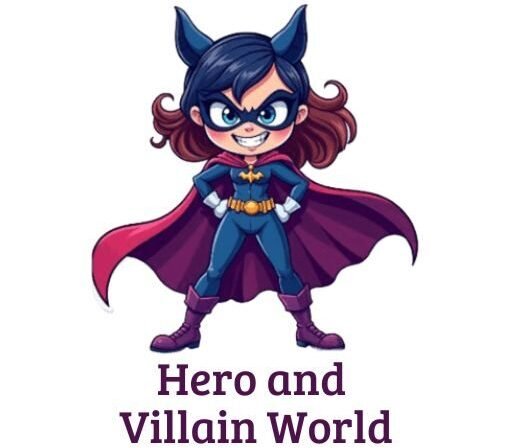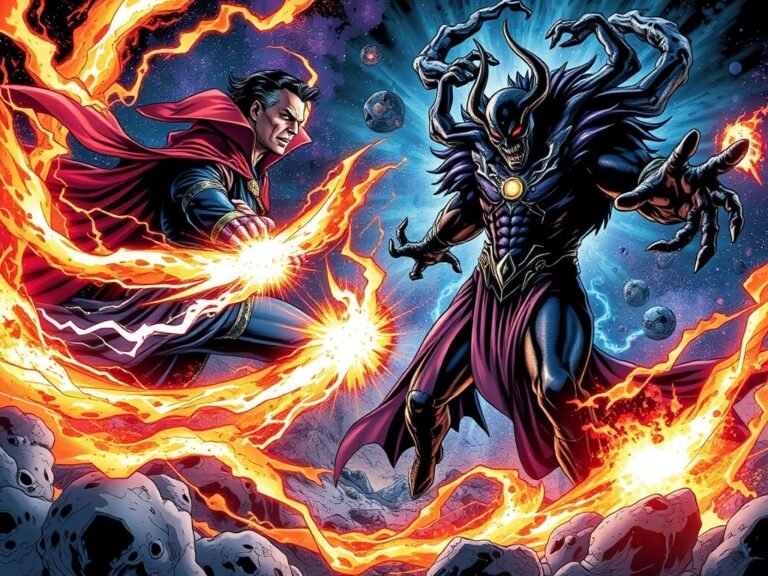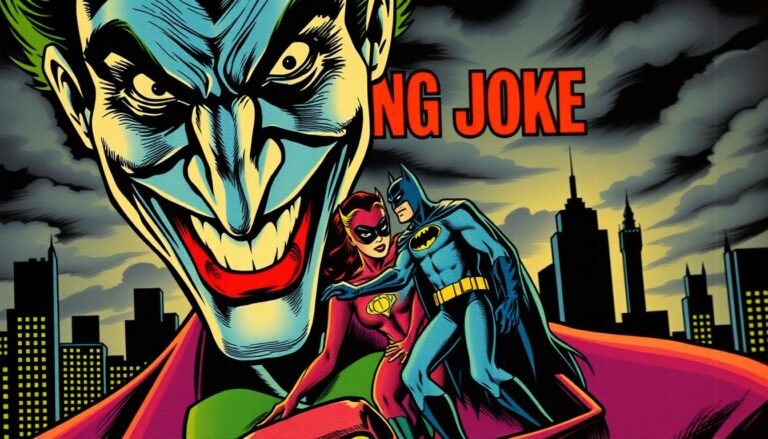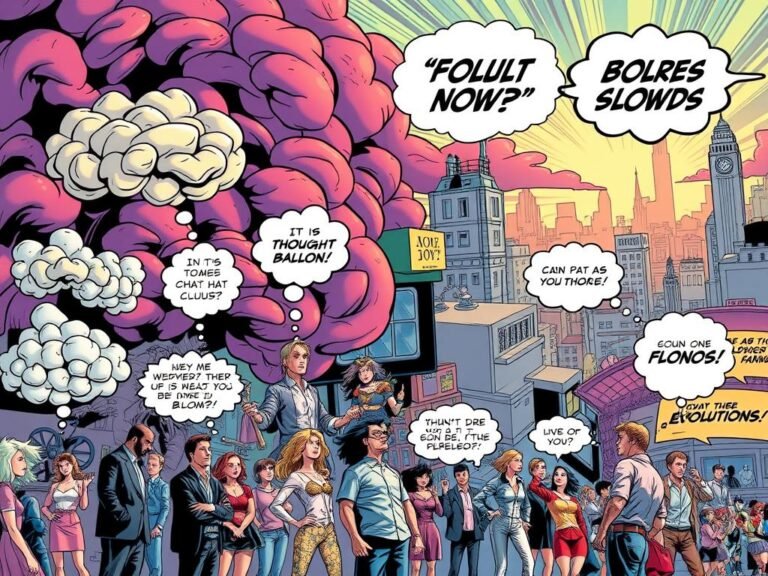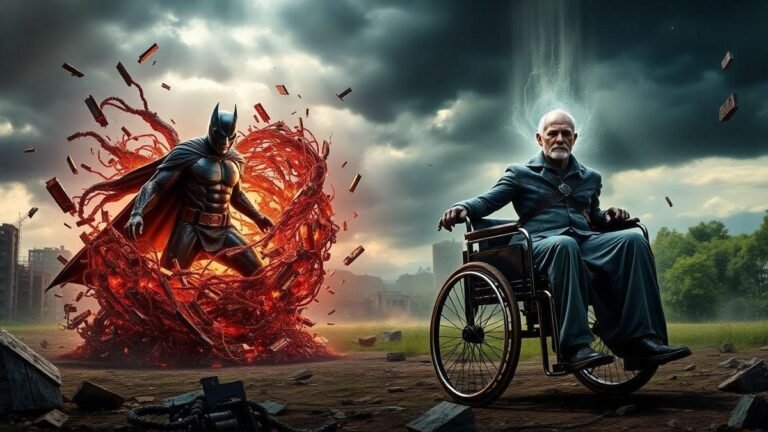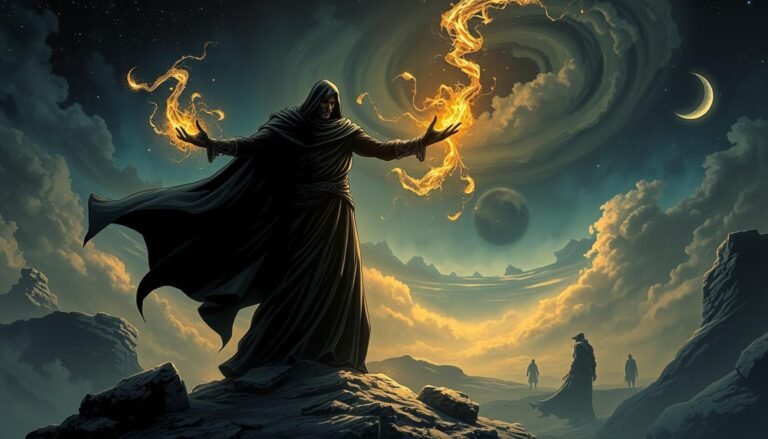Hawkeye: Freefall – Matthew Rosenberg’s Exploration of Clint Barton’s Identity Crisis
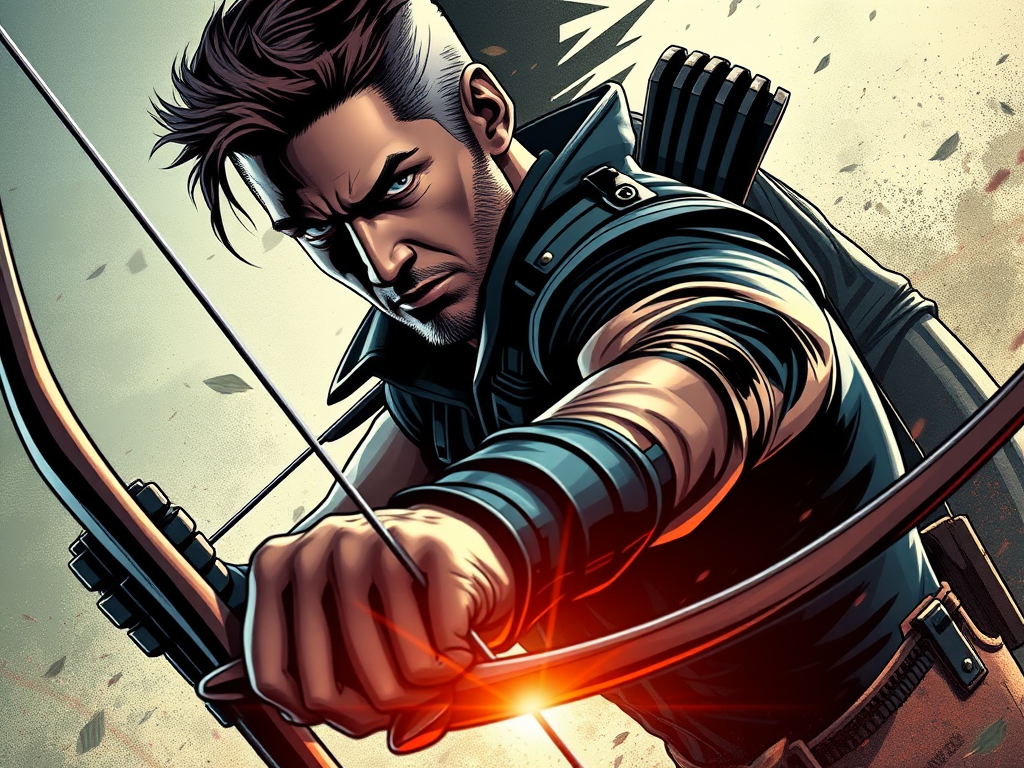
Have you ever wondered how an identity can transform a superhero’s narrative into a fascinating journey?
The world of comic books is full of intriguing characters and surprising story arcs. A remarkable example of this is the series “Hawkeye: Freefall” written by Matthew Rosenberg. This series not only challenges fan expectations but also explores deep and complex themes through a singular identity.
Clint Barton’s Encounter with Duality
In “Hawkeye: Freefall”, the story centers on Clint Barton, also known as Hawkeye. Clint is one of the most human members of the Avengers, known not for superpowers but for his archery skills and relentless determination.
The series begins with a compelling question:
How does a hero without superpowers stay relevant in a world filled with gods and monsters?
This story delves into the duality of Clint Barton’s life. While fighting crime under the identity of Ronin—a darker, more ruthless persona—he also tries to remain Clint, the flawed and simple hero.
This duality becomes the narrative’s focal point, raising questions about the very concepts of identity and justice.
Understanding the Narrative
The table below breaks down some key elements that make “Hawkeye: Freefall” a must-read:
| Aspect | Description | Impact |
|---|---|---|
| Identity | The duality between Clint and Ronin | Explores the hero’s complexity |
| Supporting Characters | Appearances from other heroes | Enriches the narrative universe |
| Conflict | Clint’s internal struggle | Heightens the drama |
| Art | Action-packed panels | Visual engagement |
| Writing | Written by Matthew Rosenberg | Sharp and compelling dialogue |
As you can see, the attention to detail in both the writing and visual art works together to create a cohesive and impactful narrative.
Between Identity and Consequences
Through his actions as Ronin, Clint faces unexpected consequences that force him to reconsider his role as a hero.
He is caught in a moral dilemma: his well-intentioned actions often lead to unpredictable outcomes. This raises the question:
Is it worth sacrificing morality for results?
“Being a hero is easy; the hard part is being a hero like Clint Barton.”
Rosenberg, through sharp internal dialogue and dynamic action scenes, delivers a unique take on the burden of heroic responsibility. For readers, these questions transcend the page and make us reflect on our own choices and their repercussions.
Supporting Characters and Their Roles
The secondary characters in the series play crucial roles—not only enriching the plot but also mirroring Clint’s own struggles.
Encounters with figures like Captain America and Iron Man echo the classic tensions found within the Avengers’ team dynamics.
These interactions serve to highlight Clint’s weaknesses and personal challenges. These more powerful heroes often question his decisions, forcing him to defend his actions.
As such, the supporting characters are more than just complements; they are catalysts driving the story and Clint’s personal growth.
Narrative Technique and Visual Style
Matthew Rosenberg uses captivating writing and dialogue that perfectly captures the essence of Clint Barton. The combination of narration and visual art paints a vivid picture, bringing readers inside Clint’s mind and his internal battles.
The artists behind the illustrations also do an excellent job of translating the dynamism of the action scenes onto the page, with a vibrant aesthetic that perfectly complements the engaging story.
The Influence of Conflict Generators
Clint is not only fighting external enemies; he’s at war with himself and his past. The villains he faces serve as metaphors for his internal conflicts. Each confrontation—physical or moral—reflects a piece of the personal hardships Clint must overcome.
The role of these enemies goes beyond the traditional, offering a deeper and more philosophical layer to the series.
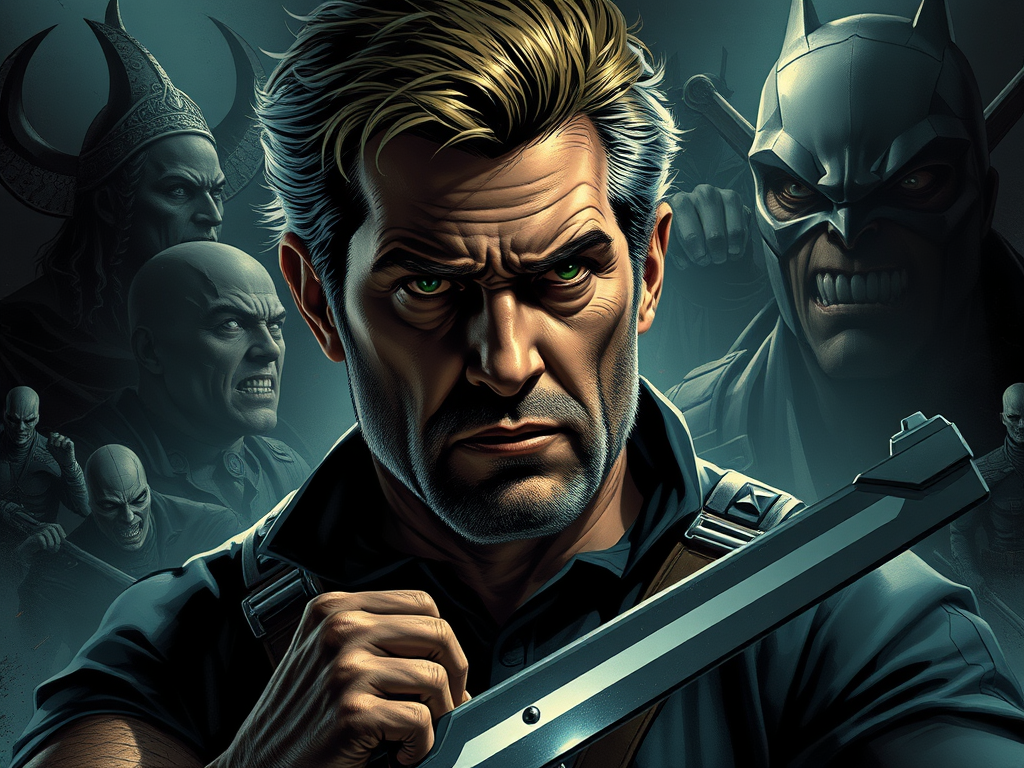
Meaning Within the Marvel Universe
Within the vast Marvel Universe, Clint’s adventures as Ronin bring a dark and introspective realism that resonates with the audience. Owning his flaws and wavering between moralities, Hawkeye exemplifies that being human is his ultimate superpower.
His journey in the series reflects a universal struggle—a story of redemption and the ongoing search for authenticity.
Interpretation in Relation to the Past
One of the hallmarks of the narrative is how Rosenberg ties the current plot to Clint’s past. There is a careful balance between new developments and long-established comic book traditions.
This serves not only long-time fans, but also introduces new readers to the complex and intriguing world of Hawkeye.
Character Development Strategies
- Use of internal narratives to reveal Clint’s emotions and dilemmas.
- Introduction of external conflicts to mirror internal battles.
- Character evolution through difficult decisions and consequences.
- Unexpected alliances that challenge his preconceived beliefs.
These strategies not only deepen the understanding of Hawkeye but also give readers an emotionally introspective experience.
Conclusion
“Hawkeye: Freefall” stands out as a deep character study within the expansive Marvel comic universe, confronting Clint Barton with personal dilemmas that hinder his heroic path.
It’s a story of self-discovery, moral conflict, and continuous growth.
Matthew Rosenberg and his creative team offer a dynamic narrative that honors Clint’s complexity while delivering enough action and intrigue to keep even the most avid comic reader hooked until the last page.
Every line and panel leaves a mark, transforming Hawkeye into a symbol of perseverance and authenticity in the superhero world.
FAQ – Common Questions
What sets Hawkeye apart from other superheroes?
Hawkeye, or Clint Barton, is unique because he doesn’t have true superpowers, standing out through his human abilities and tenacity.
Who is Ronin in the series “Hawkeye: Freefall”?
Ronin is an alternate identity of Clint Barton, which he uses to take a darker, more ruthless approach to fighting crime.
What is Matthew Rosenberg’s role in the series?
Matthew Rosenberg is the writer behind “Hawkeye: Freefall”, delivering sharp dialogue and a gripping narrative.
Which heroes make appearances in the series?
Captain America and Iron Man are among the heroes who appear, challenging and provoking Clint on his journey.
What is the visual impact of the series?
The vibrant illustrations and action-packed panels intensify the visual experience, making the narrative even more immersive.
What are the main themes explored in the series?
The series explores dualities of identity, heroic morality, and the weight of one’s actions and their consequences.
